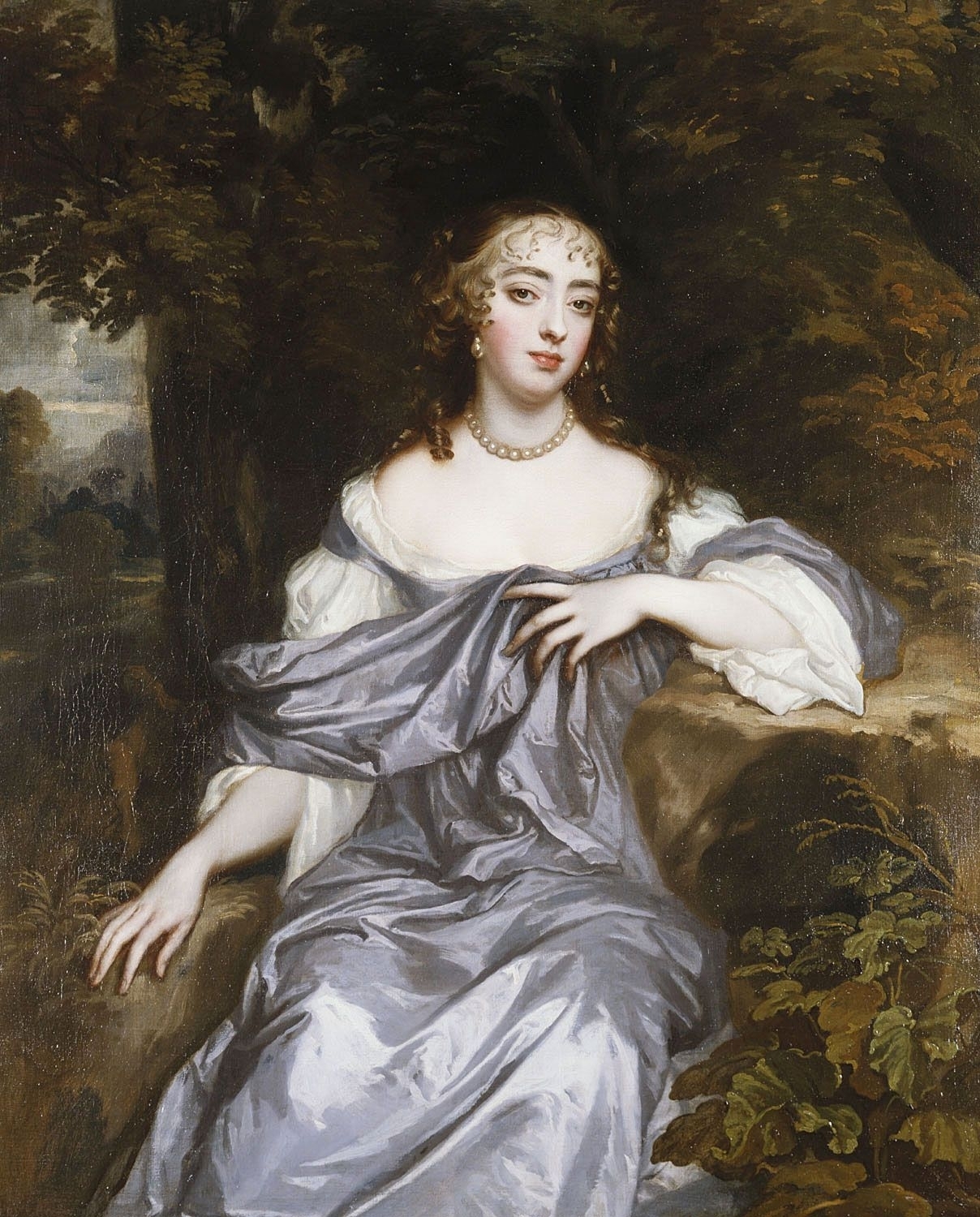Beauty standards have primarily focused on women throughout history. A woman’s appearance has been cataloged and analyzed through the centuries, with certain women placed on pedestals as the ideal versions of what beauty at the time was. Cleopatra and Nefertiti are legends of ancient beauty history. La Bella Simonetta, the muse for Boticelli’s “The Birth of Venus,” is the icon of Renaissance times.
Marie Antoinette may be the best known 18th-century beauty and style icon. It was during this century when something different happened. For the first time since the ancient Egyptian period, men were interested in cosmetics and enhancements again. It appeared that both sexes finally reached some gender equality in the name of beauty.
The Sun King
Louis XIV, the Sun King, may have been the first fashion influencer. The young King of France was flamboyant and loved fashion. He had a particular obsession with shoes and enjoyed endorsing fashion lines. The courts as far as England and Austria followed his style. But there was just one problem — the Sun King was balding at 24 years old.
To solve the issue, he added wigs to his repertoire. They weren’t just ordinary wigs — the bigger, the better. Soon enough, everyone was emulating the king’s style of long curly locks, a ghostly powdered face, and flamboyant outfits. Getting ready for a party or event required a lot of time and effort for both sexes. But over time, men “came to their senses” again and left all the “beauty is pain” to the opposite sex.
Body Standards
Men may have used cosmetics and wigs during certain eras in history, but they did not have to live up to the same level of beauty expectations as women had to. The most unforgiving beauty standard of all was exclusively relegated to women — body shape.
For most of history, a woman was expected to be round and voluptuous. But the 20th and 21st century’s physical beauty standards diverged wildly from the past. French designer Coco Chanel shocked early 1920s society when she proudly displayed her boyish figure and vacation tan, putting to bed the voluptuous figure and milk-white skin ideal women idolized for centuries. The new version of beauty was thin and lanky.
The problem with the human figure as a trend is that genetics don’t play along so easily. It’s easy for a man or woman to wear eyeliner because it’s in vogue. But what does a young woman do when her boyish figure doesn’t match the current norm of large breasts and round derriere? If she was alive in the 18th Century, she could use girdles and hoops and all sorts of devices below her dresses. Today she turns to social media filters and cosmetic surgery to keep up with the latest beauty norms.
Cosmetic Surgery
To keep up with beauty standards and look more like Beyonce or Jennifer Lopez, a young woman can get a breast enlargement and butt implants if she so chooses. But cosmetic surgery is not a female-only procedure. Men are also seeking cosmetic enhancements to adjust their appearances. Male breast reduction is the top cosmetic surgery for men since excess breast tissue is perceived as a feminine trait.
Both men and women are getting rhinoplasties (nose jobs), injectables such as Botox and fillers to reduce expression wrinkles, and liposuction to sculpt the body. Some may say that society today is obsessed with looking forever young. The fountain of youth may very well be found at a cosmetic surgeon’s office.
We are fortunate to have such medical surgical advancements to fix the parts mother nature didn’t gift us with. But balance and moderation should be considered. Using the example of the young woman seeking butt implants and breast augmentation, what will she do if the lean body shape is in style again in 10 to 15 years?
Cosmetic surgery is a great tool for tweaking and improving ourselves to build our self-confidence. When it’s performed by a reputable surgeon and after thorough research, it can be a great option for the right person. But in the end, all the cosmetic surgery in the world doesn’t fix a thing if we don’t become more aware of how advertising and social media influences how we see ourselves and how it affects our self-worth.
Ever-Changing Beauty Norms
Beauty standards can no longer be measured by the centuries. With the rise of media and advertising that influence society by striking an emotional nerve, beauty standards can change from one year to the next, and they’re often difficult to live up to. Men are playing a larger role in beauty and fashion again, and are actively interested in cosmetic surgery and body standards themselves.
Is society’s current concern for beauty and perceived good health as related to appearance a good thing or detrimental to our self-confidence and overall wellbeing? It may be too soon to tell, but if history has its say, today’s beauty standard trends will be gone tomorrow — and will probably come back around again.
About the Author:
Frankie Wallace contributes to a wide variety of blogs and writes about many different topics, including politics and the environment. Wallace currently resides in Boise, Idaho and is a recent graduate of the University of Montana.


